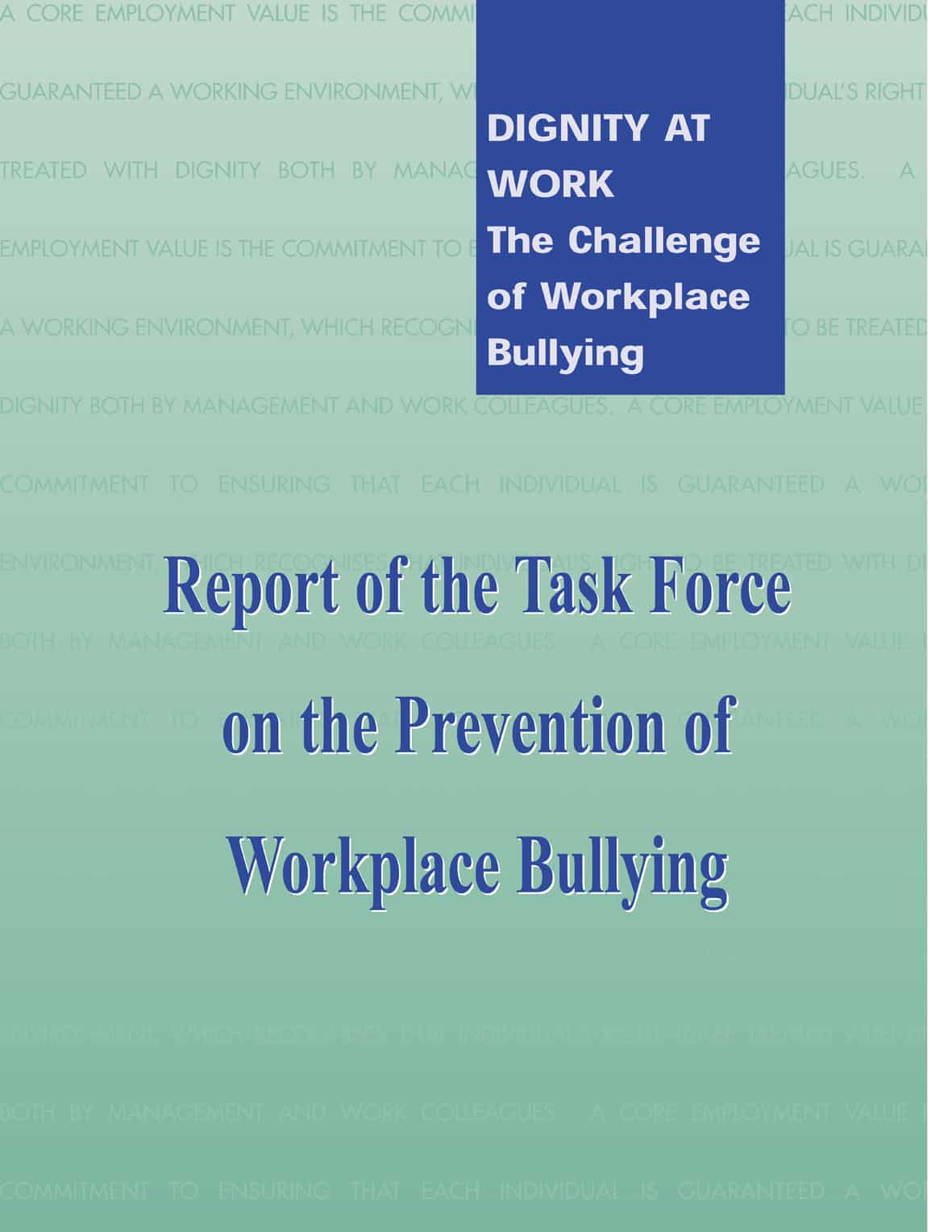Australian business is soon to be required to apply the concept of “due diligence” to occupational health and safety. One would have expected the agency that is coordinating the changes to provide detailed guidance on what is expected from “due diligence”. That is not the case and so, inevitably, lawyers have stepped in (some stepped in some time ago).
Part of the due diligence obligation is that it is necessary to “verify… compliance with the business’ safety obligations” and this is unavoidably achieved by audits and subsequent paperwork. In fact, paperwork is a vital element of support for “evidence-based decision-making”. So it is with some concern that one sees the New South Wales WorkCover Authority is number three on the NSW Business Chamber’s list of “top 5 red tape offenders”(?), released on 9 March 2011 . Continue reading “One person’s red tape is another’s due diligence”

